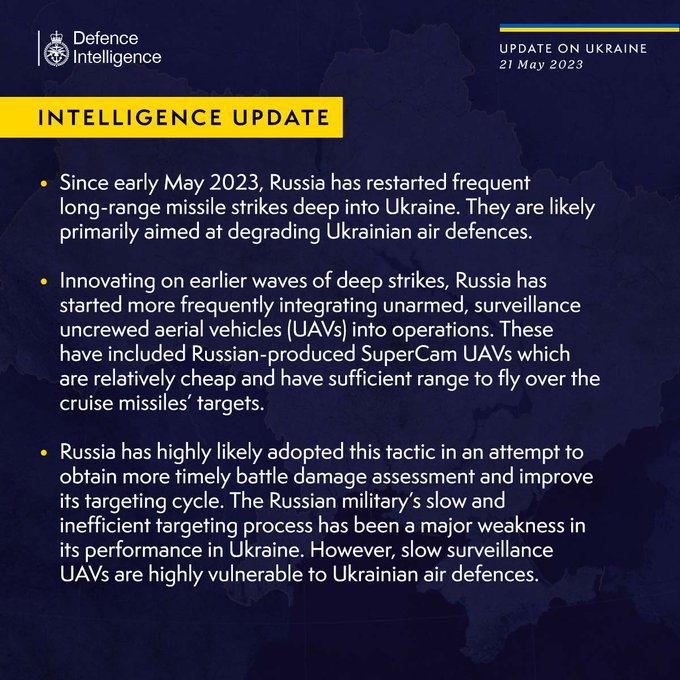Russian forces likely used the land-based K-300 coastal defense system to launch the Tsirkon hypersonic missile in the attack on Ukraine on 7 February, the UK Defense Ministry reported on 14 January.
According to the British Defense Ministry, confirming its use would present “a significant challenge to Ukrainian air defense due to its speed and maneuverability.”
The Kyiv Scientific Research Institute of Forensic Expertise has confirmed Russia’s deployment of the 3M22 Zircon anti-ship missile in Ukraine in a massive missile attack on cities across Ukraine on 7 February, which resulted in five deaths and over 40 injuries.
Oleksandr Ruvin, the institute’s director, said that the investigation into the Russian missiles used in the attack has led to identifying specific components and markings characteristic of the Zircon missile. According to Ruvin, the 3M22 marking on parts and fragments, along with identifying nodes and details peculiar to this type of weapon, substantiates the claim of its use.
The Zircon missile is reportedly capable of traveling on 9 March up to an effective firing range of 1,000 km and was initially developed for use by the Russian Navy.
However, the UK intel said the absence of vessels known to carry the missiles in the Black Sea raises questions about the launch method. The ministry reported that the Russian land-based K-300 coastal defense system has likely been adapted for this purpose.
“If its use is confirmed, this would present a significant challenge to Ukrainian air defense due to its speed and maneuverability,” the British Defense Ministry reported.
The UK ministry added that the Russians are likely testing a newly operational weapon system in a live conflict environment to provide assurance and demonstrate capability.
Read also:
- Russian attacks kill 9, injure 23 over the past day
- Ukrainian naval drones sink large Russian landing ship Caesar Kunikov
- Syrskyi: Ukraine shifts to defensive operation, aiming to exhaust Russian troops





